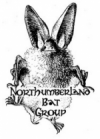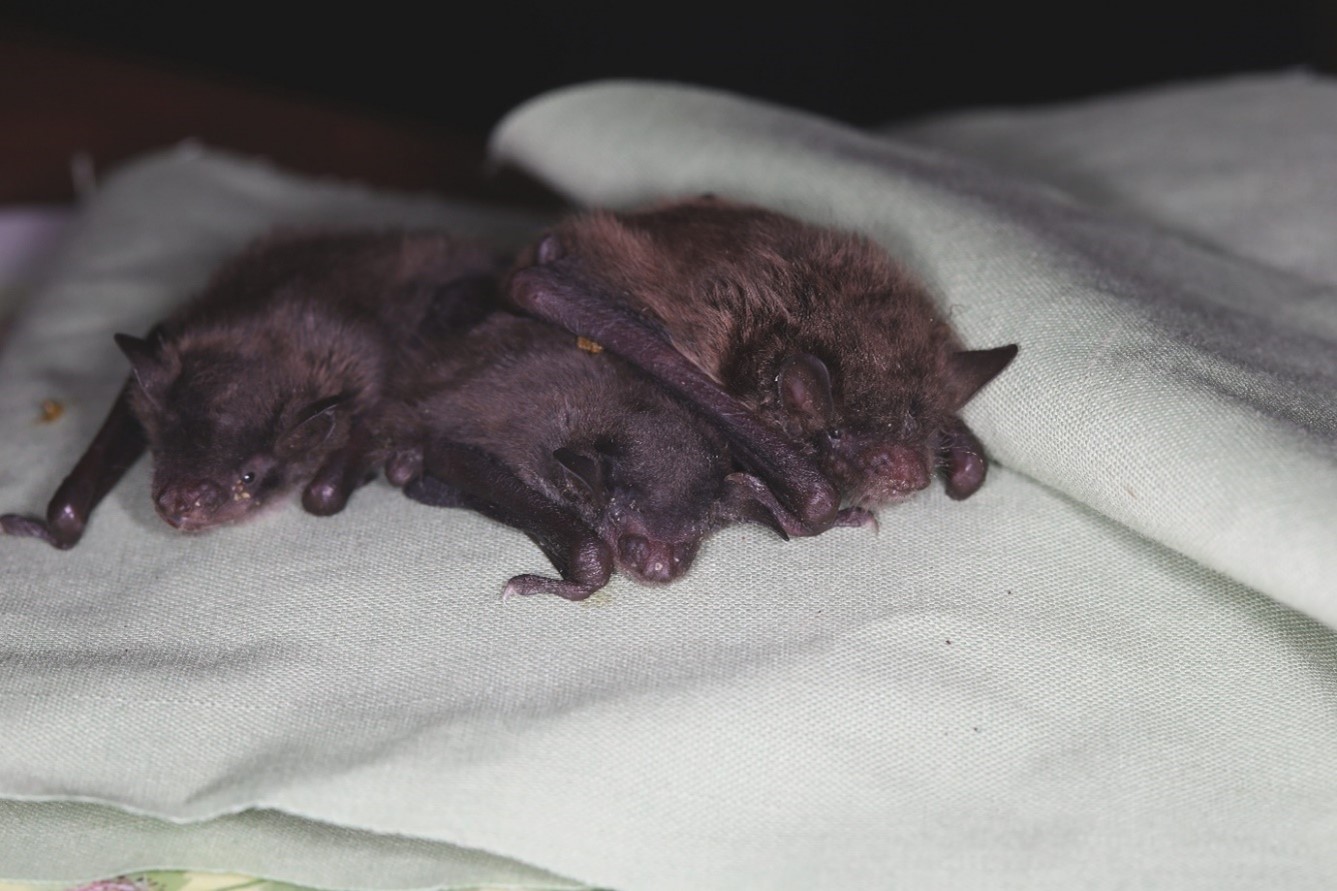Continuing with Mandy’s stories of the “Bats in care we have been privileged to meet“, it is the turn of the Daubenton’s bats. Photographs and text by Mandy and Neil Tomas.
Daubenton’s are our second most abundant species in care, this is due to living along the road from a large maternity and day roost. What a lovely, loving species that seems to ask what would I like it to do, even those caught in harp traps are very docile (which is something that cannot be said for the vast majority of pipistrelles!). Placid and laid back, they remind me of miniature black Labradors. I have even heard them described as tiny teddy bears! Definitely my favourite species overall.
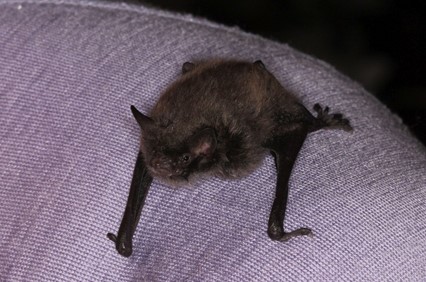
Daubenton’s bats are members of the Myotis genus, and are noted for having large feet which help them guide their tail membrane just above the water to feed on emerging diptera (midges, flies and caddisflies). In captivity they have even been known to catch tiny fish with their feet! They are larger than the pipistrelles, with a very dark dorsal fur, and a creamy white ventral fur.
They live and feed close to slow moving rivers and lakes, preferably in parkland or wooded areas (it is suggested that ripples on the water interfere with their echolocation); roosting in trees, under bridges and even in the odd priory.
Two juveniles that came into my care from Hazel (one half of the Hazel and Tina ‘Bat Care Consultants’ team), were Tweedledee and Tweedledum. They were super characters, roosting together for comfort and warmth (although they did use their heat mat), and always coming to the entrance of their flex as soon as I arrived in their room to be exercised and fed. It was as if they were saying ‘what are we going to do tonight?’. After their exercise and food (if I was hand feeding them), they would clamber quickly up my arm to roost.
I used to feel bad putting them to bed in their flex. I always remember them with great affection and when the time came to release them, there was a tear to see them go into their natural habitat and not be able to protect them when times get hard.
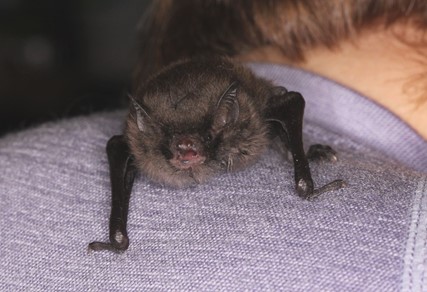
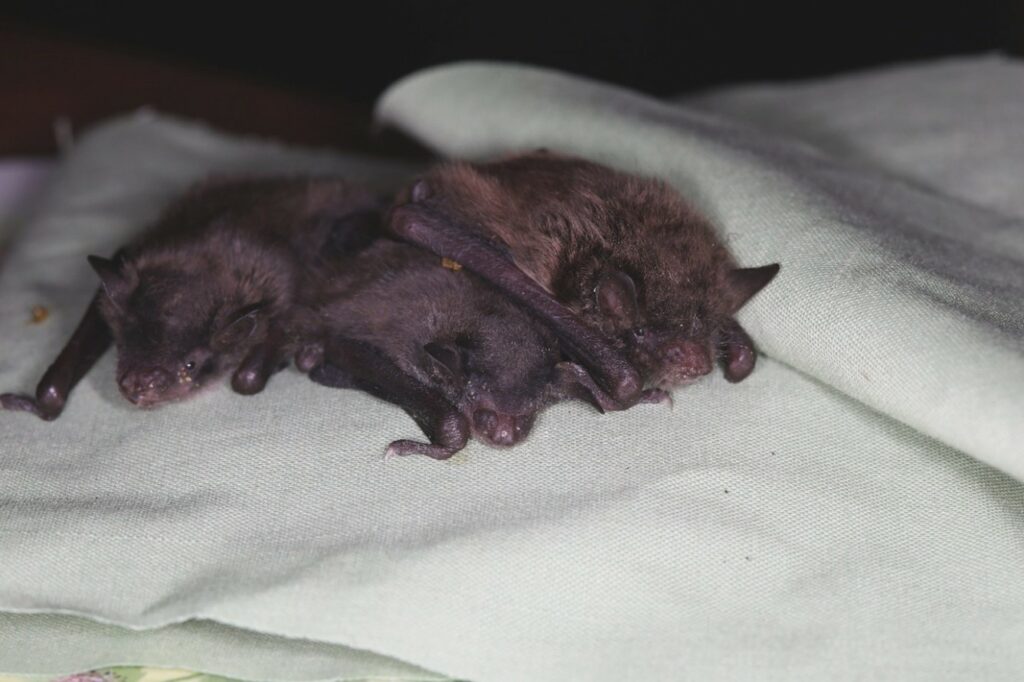
Steed, Gambit and Purdey (named after the TV ‘New Advengers’, if you don’t remember them ask your mum or dad!), entered our lives during lockdown as three juveniles (two males – one older than the other and a female that had finer features).
Steed being the oldest was definitely in charge and could fly the best. Gambit wanted to be like Steed would try his best, but because he was slightly younger, it took him longer to be able to fly sufficiently well to be released with Steed. If possible we like to release at least two together if they are from the same roost and are the same species.
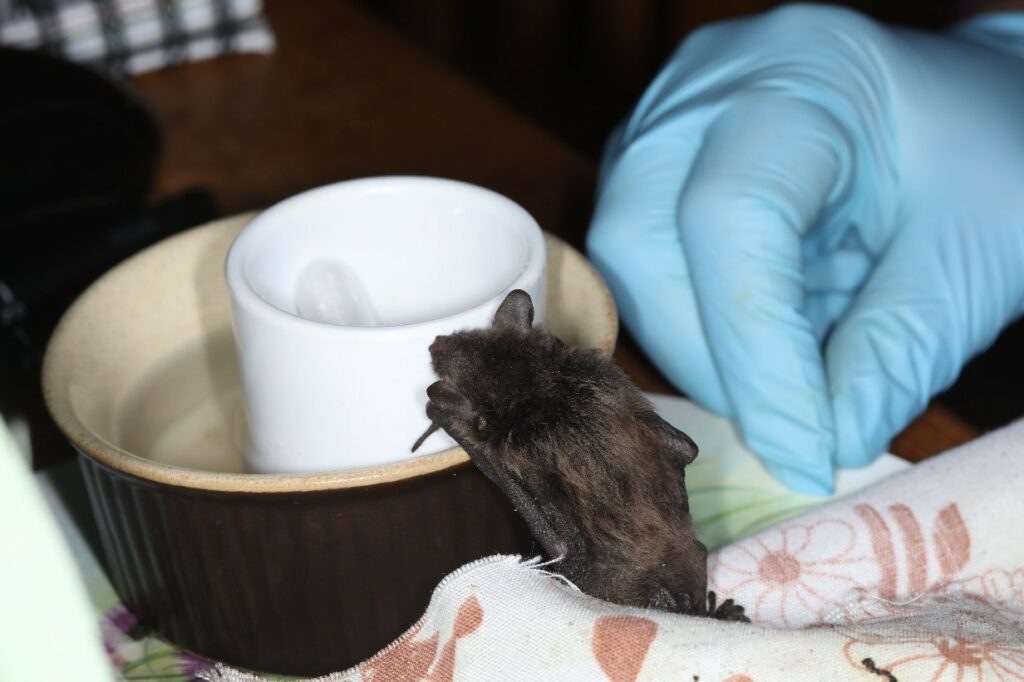
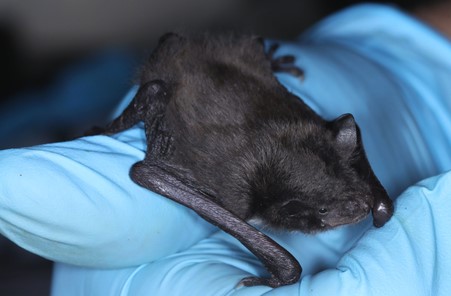
Purdey stayed another two weeks with us as she had been smaller and younger. She was released with an adult female Daubenton’s (Jet), which had been with us over the winter due to injuries sustained after the river had been in spate.
Jet got on well with the three youngsters and encouraged them with their flying, and encouraged her to fly more increasing her stamina.
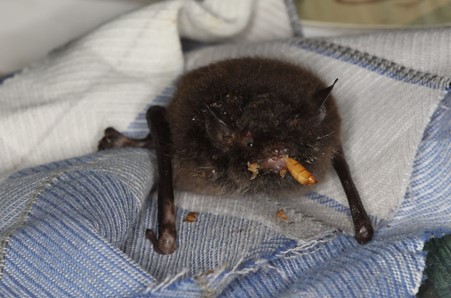
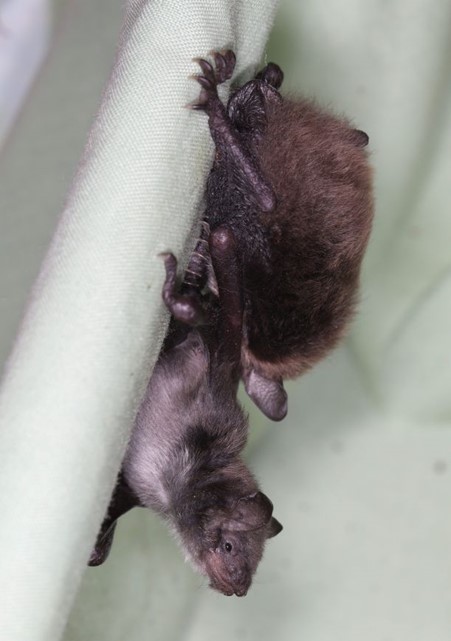
Share this post!
